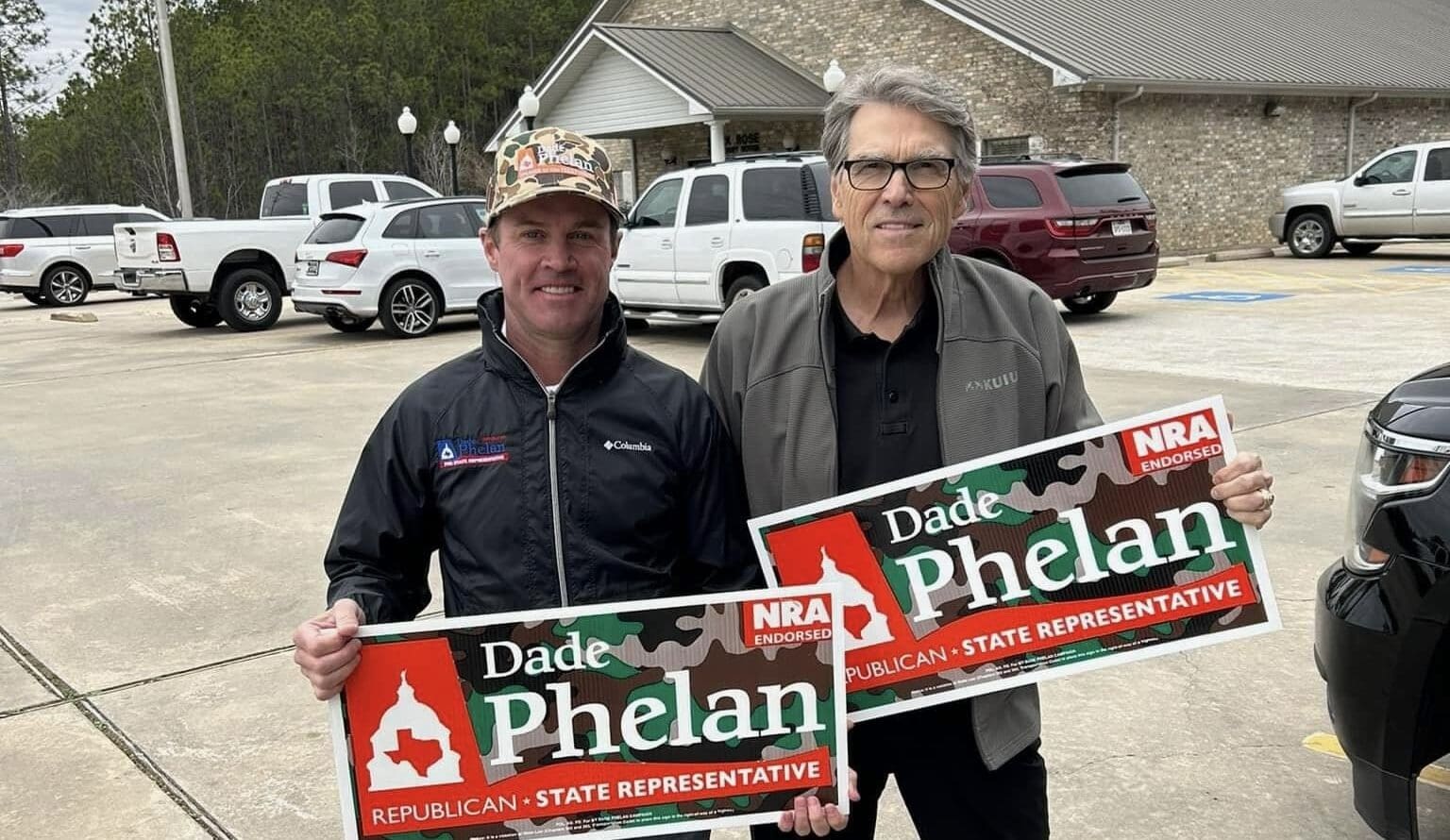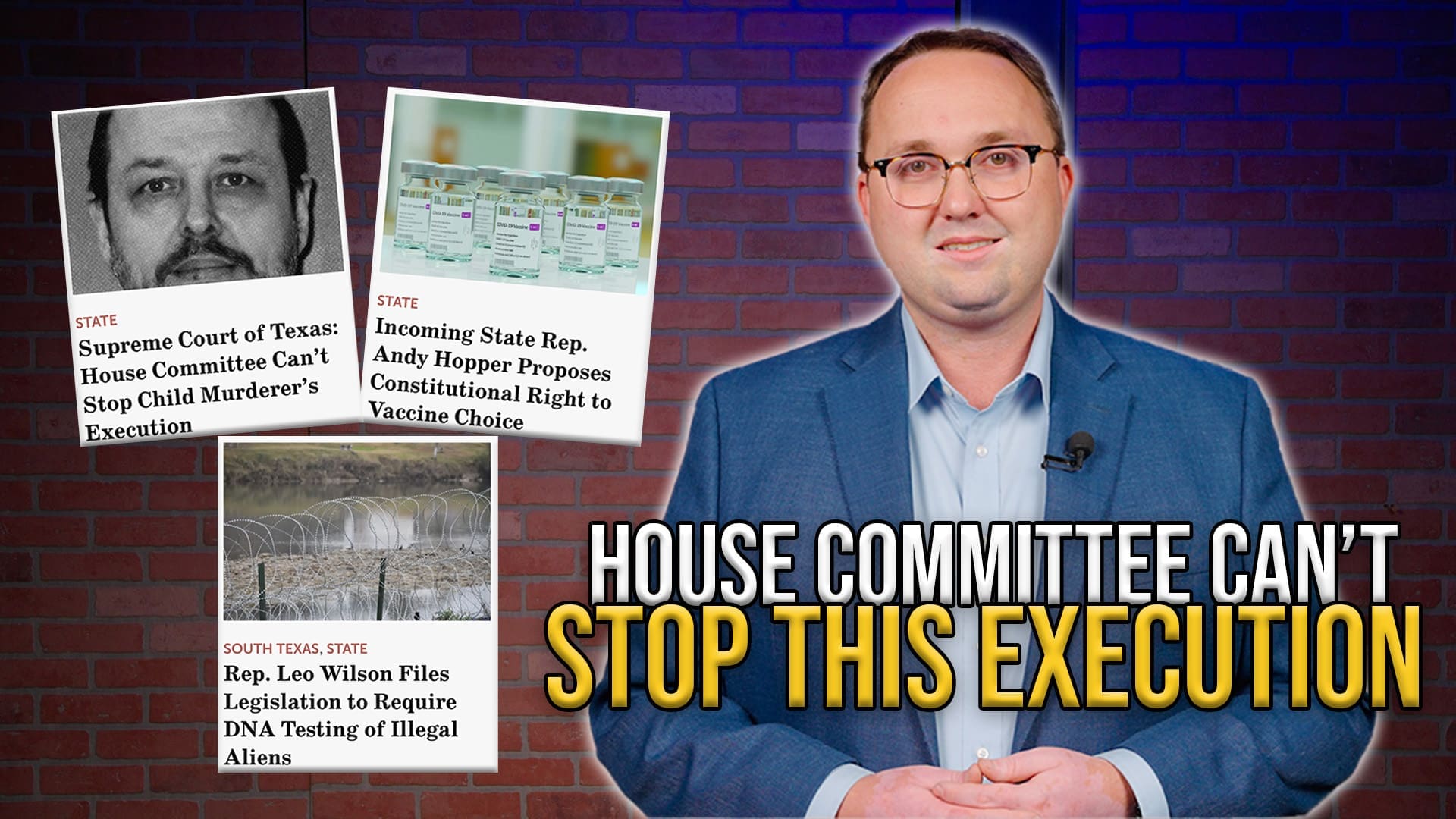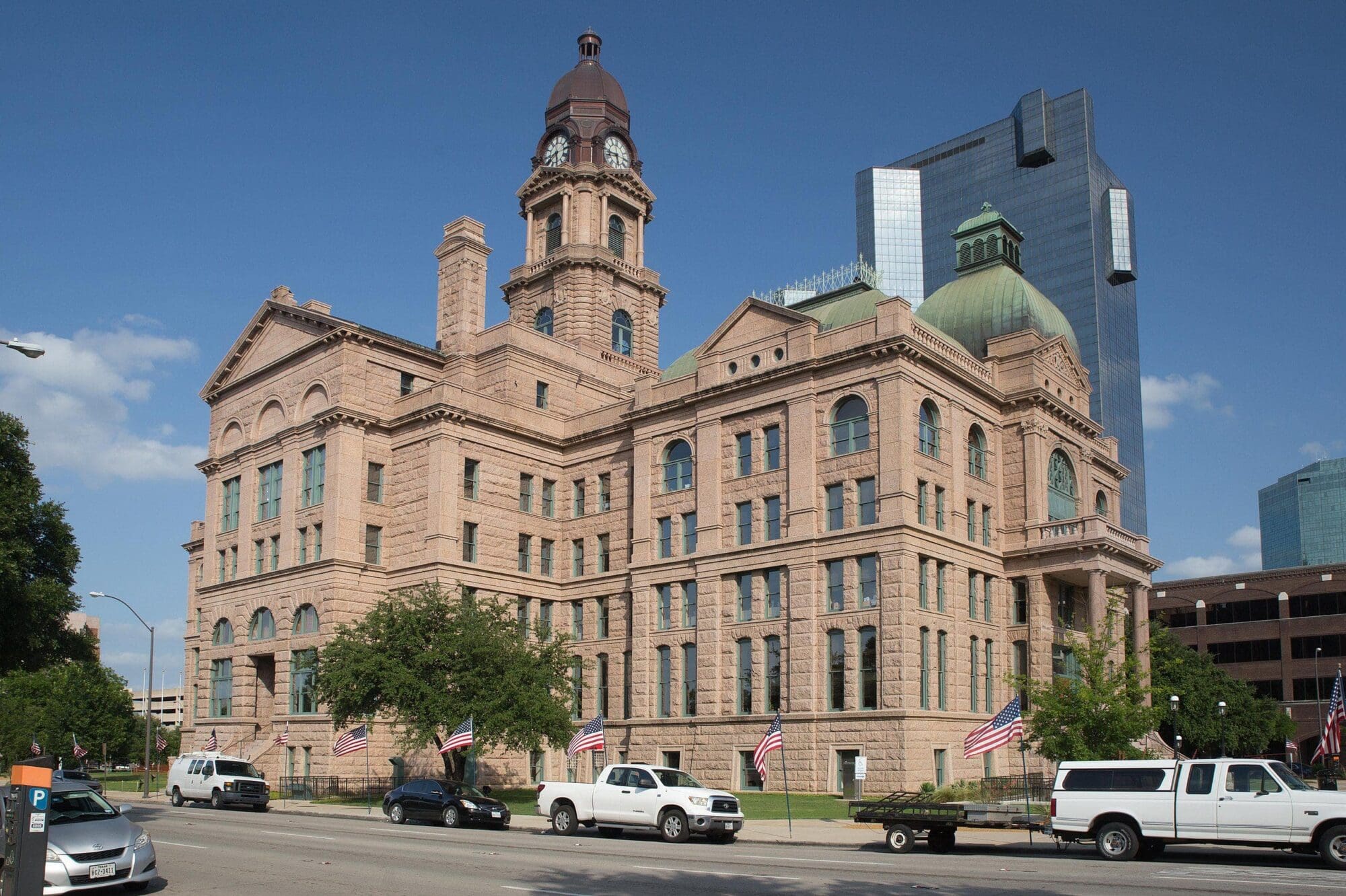All Andy Johnson wanted to do was build a pond.
Andy, a welder, and his wife, Katie, have four girls and a small farm in Wyoming, and they needed a place for their horses and cattle to drink and graze.
Working with state engineers, Andy and Katie spent hours, as well as most of their savings, constructing the pond, filling it with filtered water, and providing a habitat for trout, ducks, herons, moose, and bald eagles.
Approximately two years later, the project came to a screeching halt when bureaucrats from the Environmental Protection Agency knocked on Johnson’s door, informing him that, by building a pond on his own property without their permission, he had violated the Clean Water Act.
Their endless battle with bureaucrats
And so began a years-long back and forth between Johnson and the EPA, with Johnson presenting documentation from the state showing that his stock pond was exempt from the Clean Water Act and studies that showed his pond provided positive environmental benefits. The EPA, however, claimed that the rocks, sand, and concrete Johnson used to create the dam and spillway were pollutants.
And the EPA—an agency in possession of armed enforcement—was not about to let Johnson live peacefully with his pond. He had 90 days to rip out the pond and fill it in or be subject to $16 million in fines.
Though he likely didn’t know it, Johnson was in good company.
In 2007, Mike and Chantell Sackett were threatened by the EPA with $75,000 a day in fines for trying to build a house on their own property, across the road and 500 feet away from Priest Lake in Idaho.
Charles Johnson, a Massachusetts cranberry farmer, spent millions of dollars fighting the agency for 22 years for the right to farm his own land. He finally settled in 2012, at the age of 80.
Kevin Lunny lost his family’s oyster company in California when the Department of the Interior granted itself limitless discretion to reissue the required permit and argued that Lunny didn’t have the right to sue.
In Alaska, the Army Corps of Engineers denied Richard Schok the ability to expand his pipe fabrication business when they claimed that permafrost— the subsurface layer of soil that remains frozen throughout the year—was actually a wetland.
All of these cases share a common feature: They arose from unelected bureaucrats making completely selective decisions about how a law should be interpreted and enforced, without the oversight or input of Congress or the public.
In bureaucrat-speak, these decisions are often referred to as “guidance documents” or “advisory opinions” and represent an agency’s way of “interpreting” regulations and statutes.
But unlike formal regulations, guidance documents simply arise from an agency’s whim. There is no transparent process with statutory requirements for ample legal justifications, cost-benefit analysis, and a process for public comment and assessment.
Rather, agency bureaucrats simply decide that a policy will exist and then will it to life. They are then free to enforce it on unsuspecting Americans, who often have little clue that such a document or policy even exists.
The enormous authority of these unelected administrators
The subjective, secretive nature of the process has led one critic to deem it “regulatory dark matter.”
This “government by memo” is how the Obama administration effectively mandated that colleges lower the burden of proof in sexual assault tribunals on their campuses in 2011.
Two years later, the Consumer Financial Protection Bureau issued a bulletin informing that auto lenders would be liable for racial discrimination based on the makeup of their lending portfolios.
In 2015, the Department of Labor upended the entire labor market with a blog post announcing it was now classifying some independent contractors as full-time employees.
This type of murky, unclear, bureaucrat-driven style of regulating is exactly what Americans fear from the administrative state. It is, essentially, bullying by the government. Indeed, in the Sackett case, the EPA claimed the couple did not even have the right to challenge the agency’s finding in court. (The Supreme Court unanimously reversed the agency in 2012.)
The Trump administration is taking welcome steps to stop the bureaucratic bullying. With the signing of two executive orders last week, the administration is requiring that these guidance documents be subject to transparent formulation and notice before enforcement. Critically, these orders also make sure ordinary Americans have the ability to challenge the government’s determination against them.
This is a relief to those whose lives have been upended by government policy decisions quite literally made in secret and enforced against them with little to no legal recourse.
Americans generally play by the rules—but they have to know what they are. These two new executive orders are a welcome step by the Trump administration and a vital part of their continued efforts to rebalance the relationship between regular Americans and the powerful colossus that is the administrative state.
This is a commentary submitted and published with the author’s permission. If you wish to submit a commentary to Texas Scorecard, please submit your article to submission@texasscorecard.com.





